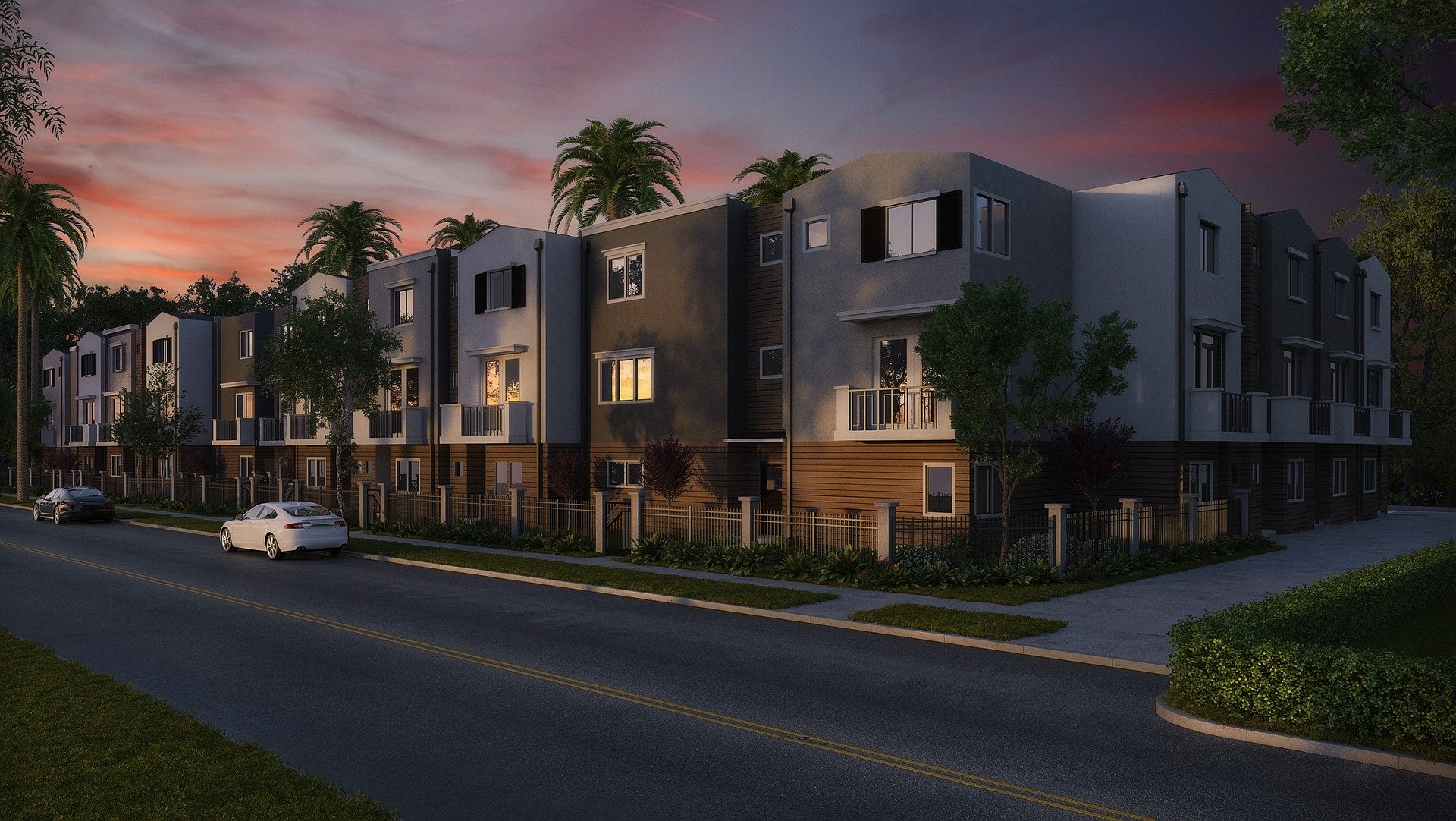Coming to a Town Near You
Municipalities across the country are debating a wide range of local ordinances. Some cities are proposing to ban gas-powered leaf blowers, while others would limit the development of big-box stores. Other communities are deciding how to regulate marijuana business or whether to allow chickens to be raised in residential neighborhoods.
IMS covered approximately 300 projects on the development of local ordinances since the start of 2018 for its architectural/engineering/consulting clients. These project opportunities are provided through daily leads in RFPs/Qs and in Advance Notices of upcoming projects.
The largest category of ordinance projects was for updates to a municipality’s Zoning Code (109 projects). Another 23 projects were for preparing Unified Development Ordinances. IMS has covered even more projects for related services, such as preparing design standards for a downtown business district or green building policies to meet a Zero-Net Energy Ordinance.
Public agencies will continue to release RFPs that seek professional services to update Zoning Codes and land development ordinances. There are additional projects, too, that planners can look for in coming years. They are smaller in number now but have the potential to become nationwide trends.
On the environmental front, there are growing numbers of citizen-driven pushes for Dark Sky Ordinances. On the housing front, IMS is seeing more demand for planning and design services for ordinances on accessory dwelling units, short-term rentals, and inclusionary housing.
The dark-sky movement is aimed at reducing glare and other light pollution from excessive or poorly designed outdoor light fixtures. The goals are to stop disruptions to the circadian rhythm, prevent the disorientation of migratory animals like birds and turtles, reduce energy usage, and preserve the wonder of the night sky.

A long exposure photograph from Tenaya Lake in Yosemite, CA illustrates the skyglow effect of nearby Yosemite Village. (Source: Casey Horner)
For millennia, mankind has gazed upward and reflected on our size and place in the cosmos. Today, “more than 80% of the world and more than 99% of the U.S. and European populations live under light-polluted skies. The Milky Way is hidden from more than one-third of humanity, including 60% of Europeans and nearly 80% of North Americans,” according to a study published in the American Association for the Advancement of Science.
IMS has already covered planning projects related to Dark Sky Ordinances.
* In Utah, the City of Sandy City released an RFP in 2019 for a consultant to provide Dark Sky Standards for city street lights (IMS 461621).
* And in North Carolina, Carteret County sought planning services for the Cherry Point Regional Joint Land Use Plan, including the development of a Dark Sky Lighting Model Ordinance (IMS 406360).
New LED technology is a part of this, and IMS has covered scores of lighting-conversion projects. Proper lighting design is more than just shielding fixtures and directing light downward; the blue light emitted by some LEDs may worsen skyglow and negatively affect wildlife behavior and human health.
“Done well, LEDs could save the planet, in the sense of reining in light pollution,” said astronomer John Barentine of the International Dark-Sky Association in a National Geographic article. “Done carelessly, it could be devastating.”
On the housing front, IMS has seen an upward trend in planning projects aimed at expanding housing opportunities.

Substantial planning in accordance with local ordinances is required for new housing developments. (Source: Michael Tuszynski)
Inclusionary housing ordinances require developers to make certain percentages of new housing units available to low- and moderate-income residents. Some of these policies are directed at areas near new transit stations, where planners hope to encourage “walkable” communities.
IMS covered 12 inclusionary housing-related projects for its clients in 2019. That was up from seven of those projects in 2018 and four projects in 2017. Some recent projects include:
* In Colorado, the City of Fort Collins released an RFP for a consultant to conduct an inclusionary housing ordinance feasibility study and an affordable housing impact fee nexus study (IMS 483063-1).
* The City of Culver City, Calif., sought a consultant to prepare an affordable housing linkage fee nexus study and conduct community outreach to support the potential development of an inclusionary ordinance and linkage fees (IMS 484279-1).
A comprehensive article on Curbed.com reviewed new “upzoning” proposals across the country that may help address the housing crisis.
“Recently, policymakers at the state and local levels across the country have zeroed in on a culprit: zoning that limits development to single-family detached houses in large swaths of America,” wrote Diana Budds. “From the east and west coasts to the Midwest, lawmakers are beating the drum for upzoning, which means changing single-family zoning codes to allow taller and denser housing, like duplexes, triplexes, accessory dwelling units (ADUs), and apartment buildings.”

“Upzoning” by increasing housing density helps cities short on space add new living units to drive down housing cost.
A/E/C professionals can expect to see more planning and design projects related to accessory dwelling units. The projects allow and encourage the development of additional housing structures on a property, and can be rented out or used by family members. IMS covered three of these projects in 2017 and four in 2018. In 2019, IMS published 17 of these projects. IMS has already covered four projects related to accessory dwelling units in 2020, such as:
* Tuolumne County, Calif., released an RFP in January 2020 for a consultant to prepare an update of the Zoning Ordinance and development procedures, as well as create an accessory dwelling unit ordinance and program (IMS 496600).
* Clackamas County, Ore., sought a consultant in January 2020 to develop design plans for accessory dwelling units. These plans will be considered ready-made master plans, with the intent that they will be in the public domain and provided at no cost to customers (IMS 495840).
“Planning” always calls for a balance, like the line between private property rights and the housing needs of a community. Or a star-lit sky for astronomers versus a neighborhood’s need to feel safe and secure. Ultimately, a community will decide where that line belongs. Along the way, IMS will shine a light on these projects to support planning and design professionals.

